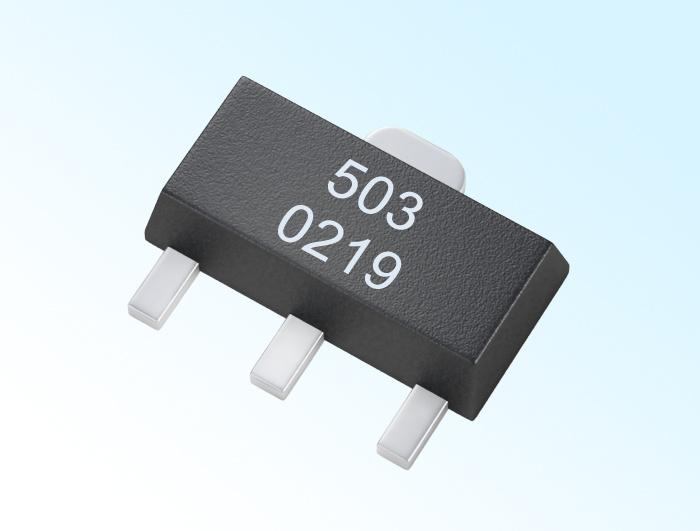Do you know the reason for the error in the Linear Hall Sensor?
Linear Hall Sensor causes errors
1.Zero error
The zero error is caused by the unequal potential. The main reason for generating the unequal potential is that the two Hall electrodes are not mounted on the same equipotential surface; the unevenness of the material causes uneven distribution of resistance, poor contact of the control electrodes, and uneven current distribution.
2. Parasitic DC potential error
Linear Hall Sensor
The main reason for the parasitic DC potential is that the control electrode is in poor contact with the Hall element, forming a non-ohmic contact. The two Hall electrodes are asymmetrical in size, so that the heat capacity of the two electrodes is different, the heat dissipation state is different, and the temperature difference potential between the two electrodes occurs. , causing the Hall element to produce temperature drift.
3. Inductive zero potential error
When the Hall element operates in an AC or pulsating magnetic field, even if the control current is not applied, the Hall end has a certain output due to the asymmetrical distribution of the Hall pole, and its magnitude is proportional to the pulsation frequency of the magnetic field, the magnitude of the magnetic induction intensity, and the two The sensing area formed by the electrode leads.
4. Self-excitation magnetic field zero potential error
When the Hall IC is connected to the control current, this current also generates a magnetic field, called the self-excitation magnetic field. When the electrode leads are asymmetrical, the magnetic induction strengths on both sides of the element are not equal, and the zero potential of the self-excited field will be output.
As a Latch Type Hall Sensor Factory, share the three historical stages of sensor technology development
The first generation is a structured sensor that uses structural parameter changes to sense and transform signals. For example, a resistance strain sensor, which converts an electrical signal by utilizing a change in resistance when a metal material is elastically deformed.
The second-generation sensor was a solid-state sensor that was developed in the 1970s. It consists of solid components such as semiconductors, dielectrics, and magnetic materials. It is made of certain properties of the material. Such as: using thermoelectric effect, Hall effect, photosensitive effect, respectively, made of thermocouple sensor, Linear Hall Sensor, photosensitive sensor.
In the late 0's, with the development of integration technology, molecular synthesis technology, microelectronic technology and computer technology, integrated sensors appeared. The integrated sensor consists of two types: the integration of the sensor itself and the integration of the sensor with subsequent circuits. For example: charge coupled device (CCD), integrated temperature sensor AD 590, integrated Hall sensor UG 3501, etc. These sensors are mainly characterized by low cost, high reliability, good performance and flexible interface. Integrated sensors are evolving very rapidly and now account for around two-thirds of the sensor market, and it is moving toward low price, versatility and serialization.
The 3rd generation sensor is a smart sensor that has just been developed in the 1980s. The so-called smart sensor refers to its ability to detect, self-diagnose, data and adapt to external information. It is a combination of microcomputer technology and detection technology. In the 1980s, intelligent measurement mainly focused on the microprocessor, and integrated the sensor signal conditioning circuit, microcomputer, memory and interface into a chip, so that the sensor has certain artificial intelligence. In the 1990s, the intelligent measurement technology was further improved, and the sensor level was intelligent, which enabled it to have self-diagnosis function, memory function, multi-parameter measurement function and network communication function.

评论
发表评论